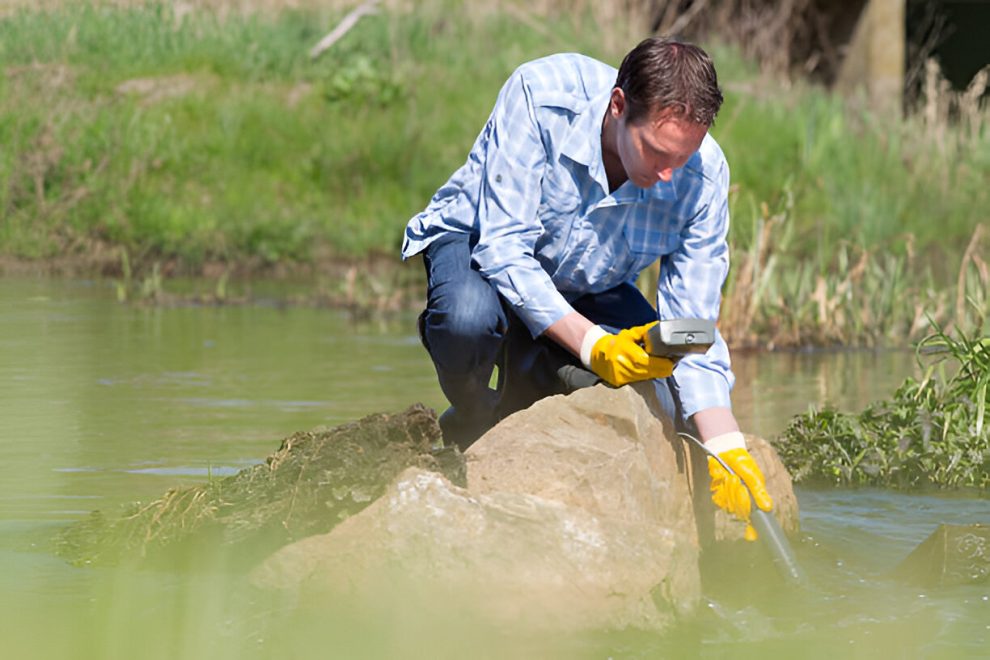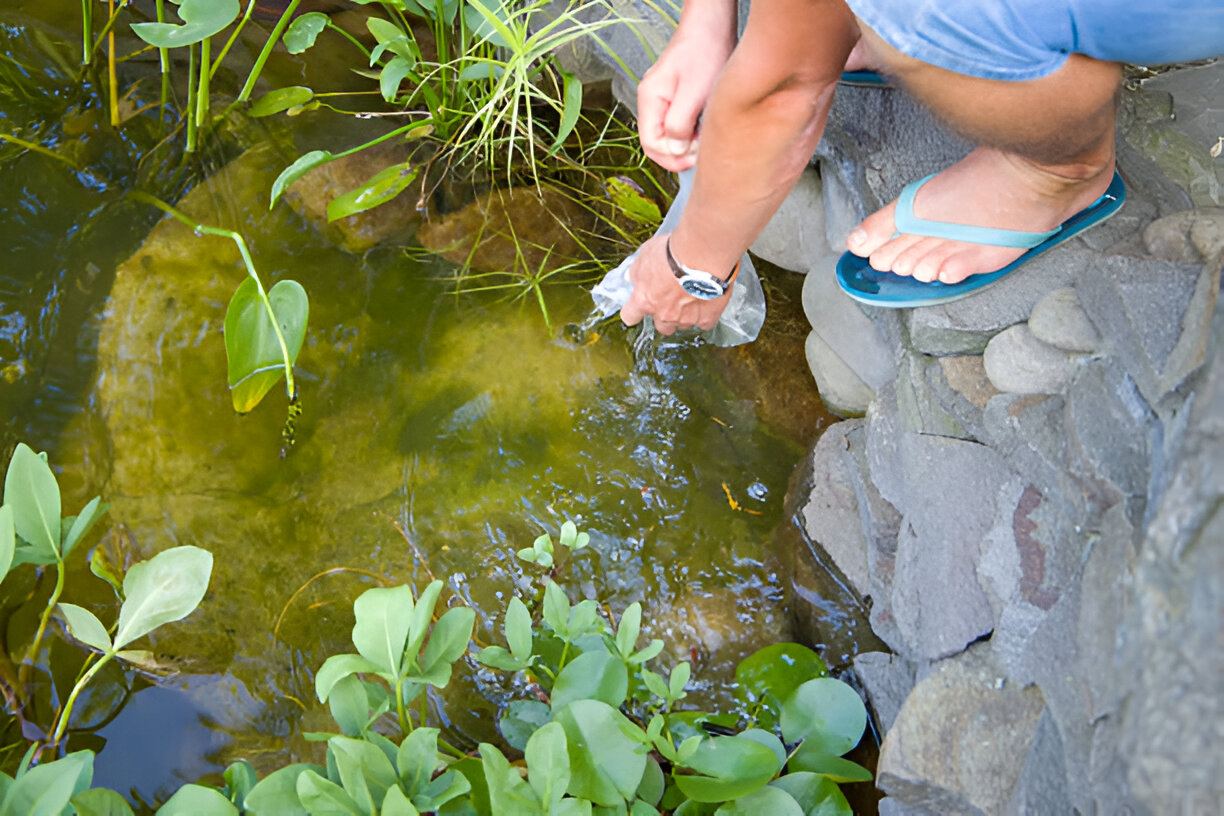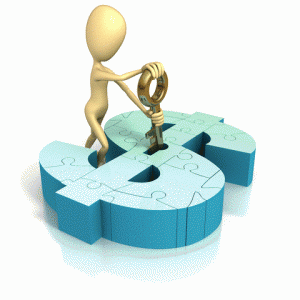With your pond now brimming with tap water, do not put fish or plants in, at this point: there is an essential step still to be taken first: that of de-chlorination. Chlorine and chloramine, popular disinfectants used in city water are capable to kill aquatic animals. Small dosages of such chemicals can destroy the fragile natural balance of your pond. So, prior to starting any new life, ensure that your water is safe.
In large lake water treatments, there is a need for custom methods of clearing out the chlorine and restoring the hierarchy of life. An experienced professional, like That Pond Guy, can take care of the water with a specific approach to the needs of each pond. Every pond is different and the pond guys approach them the same way regardless whether it is a wildlife pond, or a large natural garden pond or a lake or a koi pond – they apply the same treatment and attention to detail on every job.
Why De-Chlorination Matters
Chlorine does more than kill bacteria in your drinking water, it eliminates the good bacteria that your pond requires. These beneficial microbes decompose fish waste and the undigested food and other organic waste. Their absence can easily turn your pond toxic. Chloramine is even more sneaky–this chemical is a combination of chlorine and ammonia and takes more time to decompose on its own. It is a good idea to make your pond de-chlorinated because it forms a stable environment in which the fish, frogs, plants, etc. can live safely.
Methods of De-Chlorination
De-chlorination of your pond water may be done in a number of basic methods, but they all have their advantages and disadvantages:
- De-chlorination Products: These are the chemical type of treatment that is specifically developed to neutralize chlorine chloramine. They are high speed and non-toxic to fish and plants. This is a convenient and reliable way that many pond owners love when discharging the waste.
- Allowing The Water to Age: When the waterbody is a small pond and when you have all the time in the world, storing the water uncovered between 24 and 48 hours would enable chlorine to evaporate concentratedly. But that will not eliminate chloramine hence not suitable in water that is mixed with both chlorine and ammonia in a city.
- Carbon Filters: An attachment to your hose that contains a carbon filter can remove the chlorine and chloramine before the water even gets in your pond. This is the most appropriate approach when it comes to large ponds since buying bottled de-chlorinator is too costly.
- Natural Methods: Adding unusual plants such as hornwort or anacharis will gradually help to neutralize any damaging chemicals, but this technique is better once the initial chlorine is eliminated.
Tips for Safe Pond Water
- Test your water before de-chlorination and after.
- Avoid overdosing because a tiny overdose may adversely affect the aquatic life in the pond.
- Aerate your pond to keep beneficial bacteria healthy that help chemical breakdown.
- Add life slowly after de-chlorinating to give good bacteria time to colonize.
Conclusion
De-chlorinating your water in the pond is a procedure that will have a great impact in the health of your aquatic ecosystem in your pond. You need to treat your water correctly whether with a new or a mature pond. Whenever you wonder simply consult professionals since every pond is unique and in need of customized attention and chlorine-free beginning.















